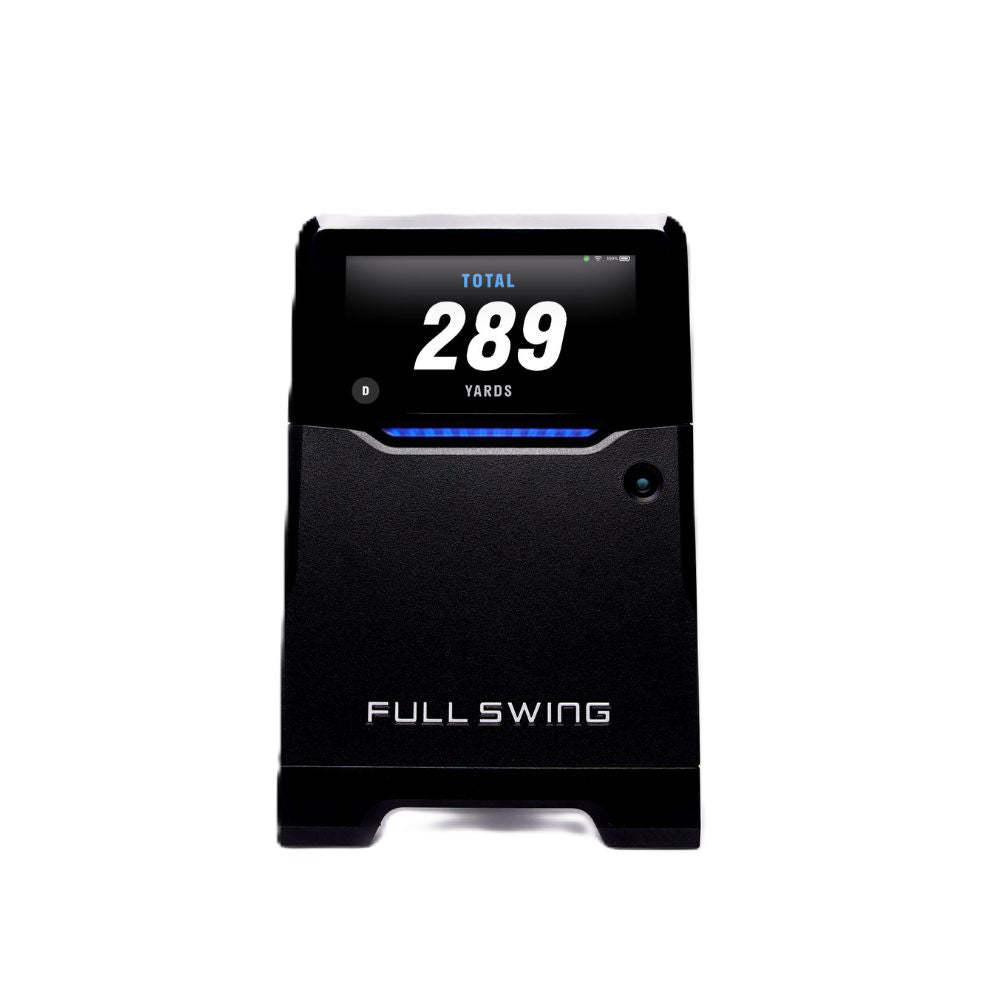The wedge method pros use for pinpoint accuracy
We’ve all been there, on the short grass inside 100 yards after a crushed drive, hoping to stick it close. Then, the nerves kick in and tension creeps into your swing. Suddenly, you’ve bladed it over the green — or worse, chunked it a few feet in front of you.
As you make the walk of shame to your ball, you can’t help but wonder, “Why did I do that?” While there are a few possible explanations, most of the time it’s nerves. Increased stress often creates tension in your swing that kills your feel and rhythm. The fix? Adjusting the way you practice these key scoring shots.
Addison Craig, a GOLF Teacher to Watch, recommends taking a page from the pros by focusing on structure, building a baseline, and practicing deliberately. Here’s how to level up your wedge game:
Step 1: Find Your “System”
A repeatable system is the foundation of consistency under pressure. While each player’s approach may vary, the goal is the same: create a reliable method that you can trust when it matters most.
Below are three common methods you can use to dial in your wedges:
1. The clock method: For this system, a clock face acts as a guide for swing length. For instance, a 9-to-3 swing will generate a half shot with a low finish.
2. Feel-based system: Some players prefer to rely on tempo to control distance, rather than fixed swing positions. With this approach, you may find a metronome app useful.
3. Three-swing approach: Others like to simplify their technique by basing yardages off the results of half, three-quarter, and full swings.
Finding the right approach is a personal journey, Craig says — one that takes some experimentation. Next time you’re on the range, try a few different techniques until you discover the one that clicks for you.
Step 2: Build Your Baseline
Once you’ve chosen your wedge system, it’s time to develop your distance control — your personal baseline for how far you typically hit each of your wedges. This will be the foundation you’ll build your wedge system on.
To build your baseline, start by hitting a few short wedge shots — about 30-40 yards. The goal, Craig says, is to generate solid, center-face contact. Focusing on your contact will help develop your rhythm and feel before adding power. When you can hit three solid shots in a row, gradually lengthen your swing.
As you slowly expand your backswing, Craig says to remember a few keys:
– Widen your base
– Play the ball in the middle of your stance
– Maintain a square clubface.
These setup and swing cues help you establish a reliable “template” for your wedges. With improved tempo, feel, and solid contact, you’re ready to start integrating your wedge system into structured practice sessions. A great place to start is by tracking your yardages with a launch monitor, like the one below. It provides instant feedback, helping you confirm how far your wedges are flying and ensure that your yardages are consistent.
Full Swing KIT Launch Monitor
View Product
Step 3: Stay Sharp with Completion Drills
Completion drills are one of the most effective ways to simulate pressure during practice. Dustin Johnson’s go-to wedge drill, featured in a recent episode of Warming Up, is a perfect example.
View this post on Instagram
While this is a great drill for amateurs to copy, Craig says you can get even more out of it with a few simple tweaks. First, expand your landing zone. In the video, Johnson only gives himself a one-or two-yard buffer as he hits each shot. A landing zone this small is certainly challenging — but it’s also a fast track to frustration. After all, you haven’t yet put in the 10,000 hours that helped Johnson perfect his touch, so completing the drill consistently in a reasonable amount of time can be tough.
The second adjustment he recommends is to worry less about your right and left misses.
“You’ve got to get the consistency of the distance control down first,” he says, “It sounds crazy, but if you can make that window a little bigger and not worry about the left and right, call it 10 to 15 yards, that’s pretty much the average size of a green.”
For most amateurs, hitting the green consistently with their wedges is a big accomplishment, Craig explains. Especially considering that the PGA Tour average for approaches inside 100 yards is 17′ 1″. Close — but probably not as close as you’d think.
By setting realistic expectations, you can celebrate the good shots while noticing improvement in your misses. As your accuracy grows, gradually shrink the landing zone. You can also time your sessions and track how many shots out of five or 10 land in the zone, giving you a clear, measurable way to monitor your progress.
The post The wedge method pros use for pinpoint accuracy appeared first on Golf.




